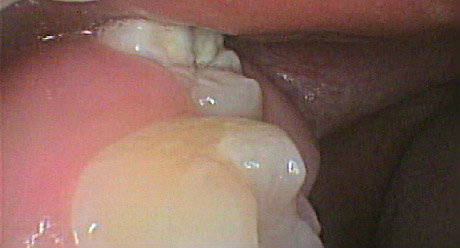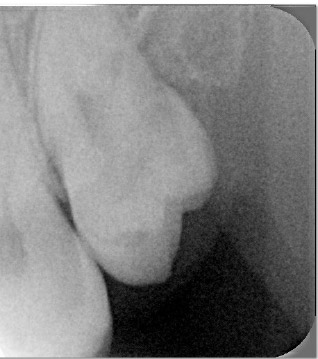Children Check-ups Throughout Their Ages – Part 6 – 18 years old – Upper Wisdom Teeth
There two ways of the getting of wisdom in the mouth. There is the lower impacted wisdom tooth, where the tooth has no room to fit in the corner, or angle, of the lower jaw. So the tooth is surrounded by dense lower jaw bone, tongue, cheek and near the nerve trunk within the bone. Warning, care here!
The upper wisdom tooth is at the end of the upper jaw bone. So the tooth usually is not surrounded by bone, or a tongue. However, the sinus is nearby. It is the fact the tooth is at the end of the less dense upper jaw bone, which is curved, it has to sit in bone. Therefore it follows the curve, and often, it comes out pointing into the cheek. This irritates the cheek and the muscle within it. This is not a happy situation for this muscle as it is a jaw closing muscle. The irritated muscle spasms and will not relax to allow your mouth to open. This is called trismus.

The good news in removing these teeth is the fact there is less surrounding bone that is not dense. It’s far easier to remove these teeth than in the lower wisdom teeth.

If the wisdom has not come through the gum and it is not causing any symptoms or affecting the adjacent teeth or sinus, then can be left alone.
Next blog in the series: Children Check-ups Throughout Their Ages – Part 6 – 18 years old – Teeth Grinding
Need an Appointment?
If you’d like to book an appointment with the dentist at Seymour Dental then call us in Dulwich Hill, Sydney on (02) 9564 2397 or
contact us
Next week
ANZAC DAY 2021 - Coming out of COVID... hopefully